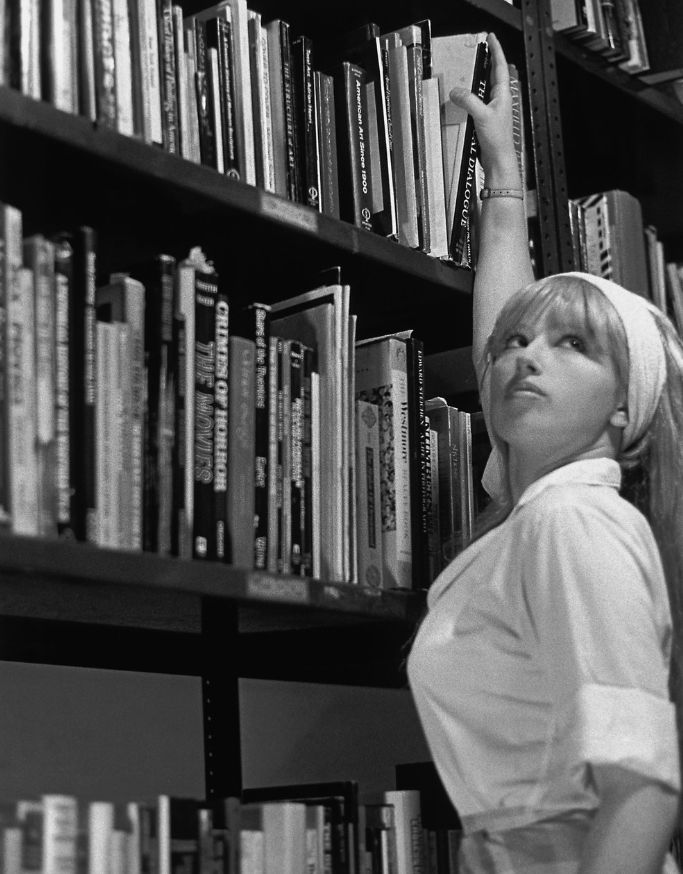Vol. 1, No. 7: Post-Career?
Welcome to Soft Labor, the namesake publication of Soft Labor, a strategic consultancy for organizations, designers, and the culture industry led by Sarah Hromack-Chan. Soft Labor is a publication about creative labor—what it is, what it looks like, and how it has and will continue to change. Did someone forward you this publication? Subscribe, read our archives, or email us at info@softlabor.biz.
Performance Improvement Plan
Performance Improvement Plan seeks to solve problems by answering questions about working in the creative industries. What’s vexing you? Talk to us: pip@softlabor.biz. All communications and sources will remain confidential and anonymous.
Dear Soft Labor,
I enjoyed a significant run of art world success earlier in my career—degrees from major schools; gallery representation and strong sales; copious amounts of press—but the action has started to taper off as I’ve approached middle age. My gallery no longer seems interested in actually selling my work which is, believe it or not, still essential to my livelihood. Moreover, the art world that I first entered, MFA in hand, has itself changed significantly. By nature, I am simply not an aggressive self-promoter and never quite adjusted to the social media-driven imperative to share my studio practice with others. Years later, I now realize that many people—potential collectors, curators, and even students and younger people—likely don’t know anything about my current work. I feel like I’m disappearing from public consciousness.
My question: Is there such a thing as being “post-career?” And if so, am I there?
From the studio floor,
Existential Crisis
Dear Crisis,
Frankly, it sounds to us like you’re panicking in the way people sometimes do when they realize that the world around them is changing—and that they might not like what they’re seeing. People might tell you to double down on your practice, while offering assurance that everything will be fine as a result. But we think you’ll need to be more tactical.
The “public” in public consciousness is a relative term. Being “in public” can change as one ages, even as one’s desire simply to make work exceeds one’s desire to articulate or perform a practice for others. So, outsource—in an honest, hopefully collaborative way. We’ve seen artists partner with others to build different forms of public presence. (Photographer Gregory Crewdson’s Trail Log, which is written with Juliane Hiam, is a nice example.) We also believe in a good, old-fashioned email update sent to your closest associates from time to time. This needs to come from you—not your gallery.
The shoegazing ‘90s you came of age in—that, and the artist-as-detached-hero myth that originated in the art world decades before—likely socialized you to remain removed from the part of being an artist that can feel, well, icky. And to be fair, keeping a low profile can serve its own strategic purposes, even if the strategy is simply to complete a body of work or to survive with your mental and physical health intact.
Still, Crisis, we suspect that your ennui isn’t as much about a fading career as it is a perceived lack of agency in your own life—or an expectation that different facets of it are for others to manage. In middle age, we begin to accept the choices that we made earlier in our lives, along with their outcomes. Seeming mistakes can be miracles, in retrospect—and vice versa.
There’s still time, Crisis. Get out there.
Yours,
Soft Labor
Search Results
“Search Results” points toward Soft Labor’s ongoing research interests.
🔗 Follow Soft Labor’s research channel on are.na.
🔗 Crisis, we’re excited about the Cindy Sherman Legacy Project, as recently reported on by The Art Newspaper’s Tom Seymour. Not only will the artist destroy and reprint her older works, but a catalogue raisonné will be published online, too. Agency!
🔗 Kyla Chayka's fresh New Yorker piece about A.I.'s homogenizing effect on thinking, writing, and creativity—its "cognitive cost"—is notable. "Of course," writes Chayka, "a writer can in theory always refuse an A.I.-generated suggestion. But the tools seem to exert a hypnotic effect, causing the constant flow of suggestions to override the writer’s own voice."
🔗 We’re interested in an idea that Yancey Strickler is currently working on, which is the “A-Corp” or Artist Corporation, a legal and economic structure for creative work that he recently introduced publicly in a TED talk of all places (with a handy stat that 85% of artists earn less than $25K per year). We’re feeling both curious and skeptical, yet hopeful that Strickler's solution might crack this perennial nut.
Progress Report
“Progress Report” updates readers on Soft Labor’s own work, as well as that of our collaborators and comrades. For summer 2025, we’ll be mining the Soft Labor writing archives for pieces that hold relevance to our ongoing work.
▶️ Years ago, back before the magazine put its archives online, comrade and Paper Monument editor Dushko Petrovich edited an issue of ArtPapers that Soft Labor founder Sarah Hromack-Chan contributed to, alongside an all-star lineup of art writers. (Really, it’s such a shame that this issue isn’t online!) Her essay, “Beyond the Scene and Herd Effect,” considered the gradual transition of the art world from print to digital—and its effect on how we looked at that world once we could see it online. We recently uploaded a PDF of this essay to our are.na channel.
Dress Code
“Dress Code” spotlights workplace looks of all forms and kinds.
